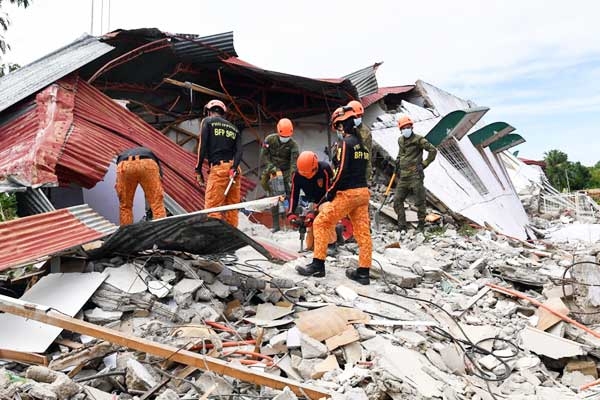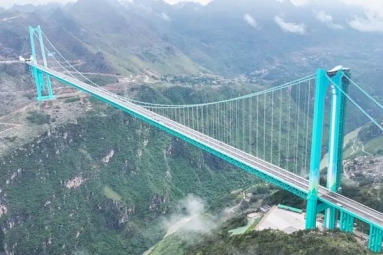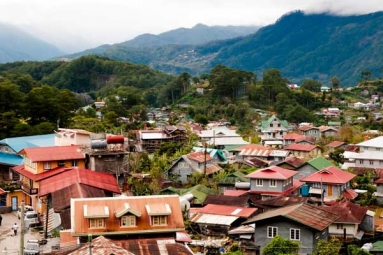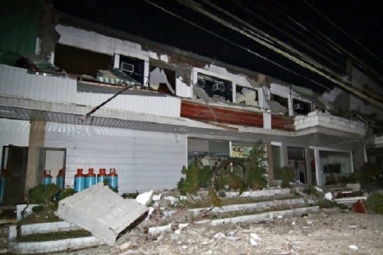
(Image source from: AFP)
The number of people who have died in the Philippines has reached 60 after a strong earthquake measuring 6.9 on the Richter scale shook Cebu province on Tuesday. Injured individuals are being taken to hospitals as rescue missions continue. Reports indicated that workers were seen transporting many body bags following the catastrophe, which interrupted access to electricity and water. The earthquake's epicenter was located around 19 kilometers northeast of Bogo in Cebu province. At least 14 fatalities occurred in Bogo, which is a coastal city with around 90,000 residents. The Cebu government expects more deaths as rescue efforts continue. “The situation might be worse than we believe," said Cebu governor Pamela Baricuatro, noting that the true extent of the situation would not be clear until morning. The Philippine Institute of Volcanology and Seismology issued a tsunami warning advising individuals to avoid the beaches in Cebu and nearby provinces, Leyte and Biliran. However, this alert was eventually canceled.
Significant cracks appeared on roads made of asphalt and concrete following the strong tremors that damaged many buildings. Rescuers are struggling to access a mountain village in Bogo, which is blocked by landslides and large rocks. “It’s difficult to navigate the area due to the dangers,” said Glenn Ursal, a disaster-mitigation officer as quoted by The AP. A basketball game turned deadly in the town of San Remigio close to Bogo when five people, including a child, lost their lives while trying to escape, as walls collapsed on them. In the town of Medellin, twelve people died when ceilings and walls in their homes fell on them. The historic Parish of Saint Peter the Apostle in Bantayan fell apart due to the strong shaking. Videos on social media showed decorative lights in the church falling during the quake, and moments later, part of the church collapsed while people could be heard screaming in fear nearby.
This earthquake occurred just days after a storm hit Cebu on Friday, resulting in 27 deaths. The electricity supply was disrupted, and many thousands of individuals had to be evacuated. The Philippines is known as one of the most disaster-affected countries globally, frequently experiencing earthquakes and volcanic eruptions. It is situated on the Pacific “Ring of Fire,” which is a series of seismic faults surrounding the ocean. The region is also regularly impacted by storms and typhoons.
















